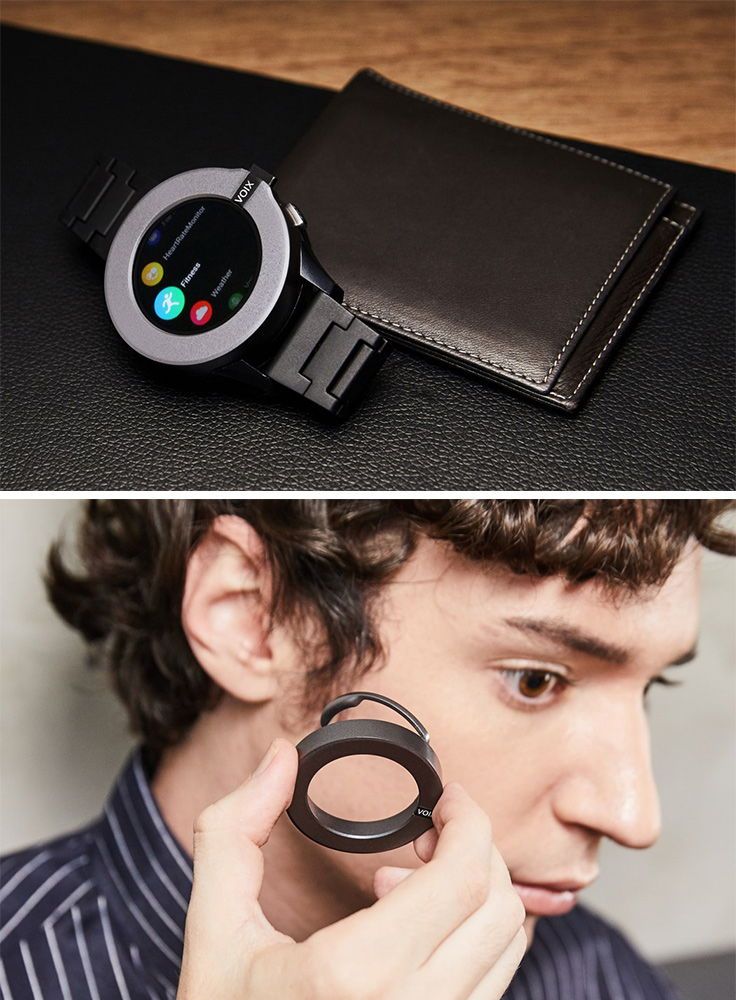Wearables have revolutionized how we monitor and improve our lives. While fitness tracking dominated the early years of wearable technology, these gadgets now transcend health applications, integrating seamlessly into various aspects of daily life. From improving productivity to enhancing safety and even managing smart home systems, wearables have evolved into indispensable tools for modern living.

The future of wearable technology promises even greater innovation, with devices tailored to personal preferences, environments, and professional needs. This article explores how wearables are shaping everyday life beyond fitness tracking, redefining convenience, connectivity, and functionality.
Smart Wearables in Healthcare
Wearables are rapidly becoming essential tools in healthcare, helping users and professionals monitor health conditions and manage treatments. Devices like smartwatches and biosensors now offer features that go far beyond tracking steps or heart rates.
Remote Patient Monitoring
Advanced wearables can monitor blood pressure, glucose levels, and even detect irregular heart rhythms. For individuals managing chronic illnesses, these devices allow for continuous monitoring, sending real-time data to healthcare providers for timely interventions.
Preventive Care
Wearables equipped with AI analyze user habits and physiological data to predict potential health risks. They can suggest lifestyle adjustments to prevent illnesses, ensuring that users take proactive steps toward better health.
Productivity and Work Enhancements
Wearables are reshaping professional environments by offering tools that boost productivity, streamline workflows, and enhance communication.
Smart Glasses
Devices like AR-enabled smart glasses provide real-time overlays of information, making them invaluable for industries like manufacturing, logistics, and healthcare. Surgeons, for example, can access patient data and imaging during procedures, while warehouse workers can receive optimized routes for picking items.
Wearable Notifications
Smart rings and wristbands notify users of calls, messages, or emails, reducing reliance on smartphones. This feature helps professionals stay connected without constant screen distractions, improving focus and efficiency.
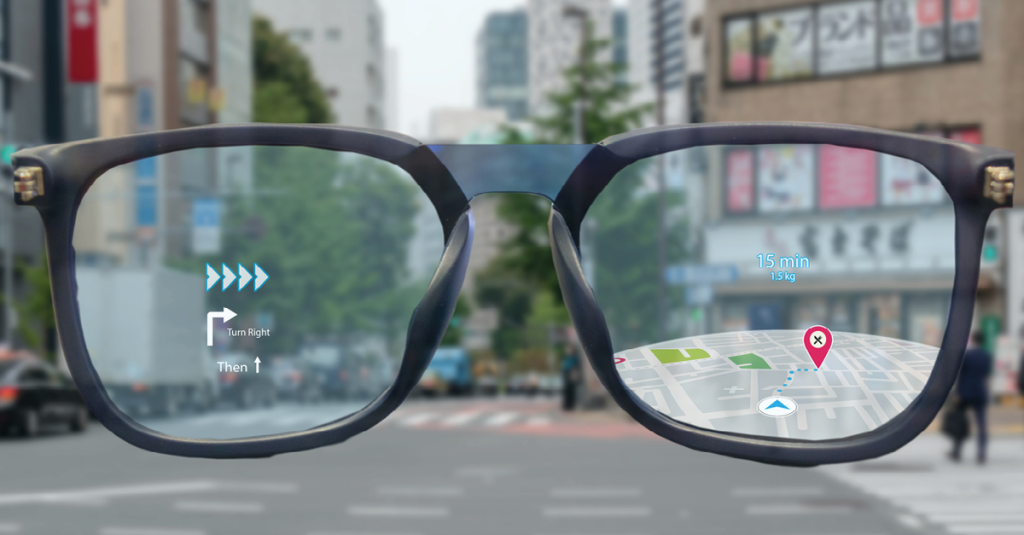
Everyday Convenience
The integration of wearables into daily life has enhanced convenience in unexpected ways.
Smart Payment Options
Wearables like smartwatches and rings now double as payment devices, allowing users to make purchases with a simple tap. This reduces the need to carry physical wallets or phones, streamlining transactions.
Enhanced Connectivity
Wearables enable seamless control over smart home devices. From adjusting lighting and temperature to locking doors or turning off appliances, these gadgets simplify home automation. Voice-controlled wearables, in particular, enhance accessibility for individuals with mobility challenges.
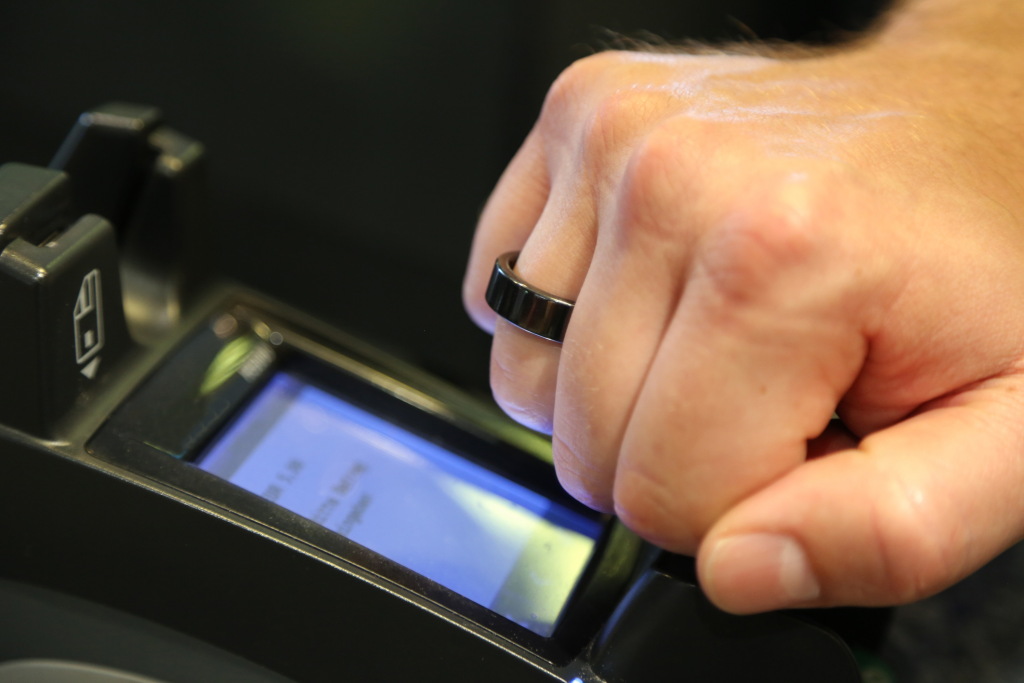
Wearables for Personal Safety
Safety-focused wearables are becoming increasingly popular, offering peace of mind in potentially risky situations.
SOS Features
Many wearables now include emergency functions like SOS alerts, which send location details to designated contacts during a crisis. These features are particularly valuable for solo travelers or those working in hazardous conditions.
Air Quality and Environmental Sensors
Wearables equipped with sensors can detect environmental hazards such as poor air quality, high UV exposure, or toxic gases. These devices alert users to potential dangers, helping them take preventive measures.
Entertainment and Leisure
Wearables are also transforming how we experience entertainment and leisure.
Immersive Audio
Wireless earbuds with advanced sound technology offer spatial audio experiences, perfect for music lovers and gamers. These wearables often include noise cancellation and touch controls for added convenience.
Fitness Meets Gaming
Wearables like VR headsets combine fitness and gaming, making workouts more engaging. Platforms offering virtual cycling, dancing, or combat training provide immersive experiences that make exercise fun and interactive.
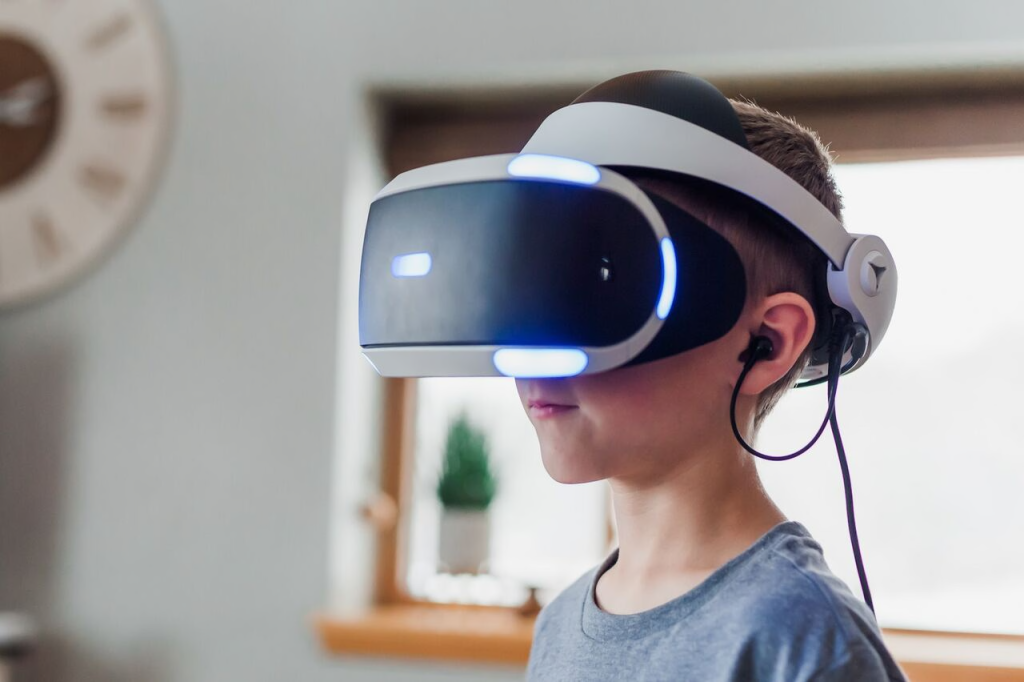
The Future of Wearables
Personalization Through AI
Future wearables will increasingly rely on AI to deliver personalized experiences. From tailoring health insights to learning user habits and preferences, AI-driven wearables will become smarter and more intuitive over time.
Sustainable Wearable Technology
As environmental concerns grow, wearable manufacturers are adopting sustainable practices, including eco-friendly materials and energy-efficient designs. Solar-powered wearables and recyclable components are paving the way for a greener future in tech.
Integration with the Metaverse
Wearables are likely to play a significant role in the development of the metaverse. Devices like AR and VR headsets will enable users to navigate and interact within digital spaces, merging physical and virtual realities seamlessly.
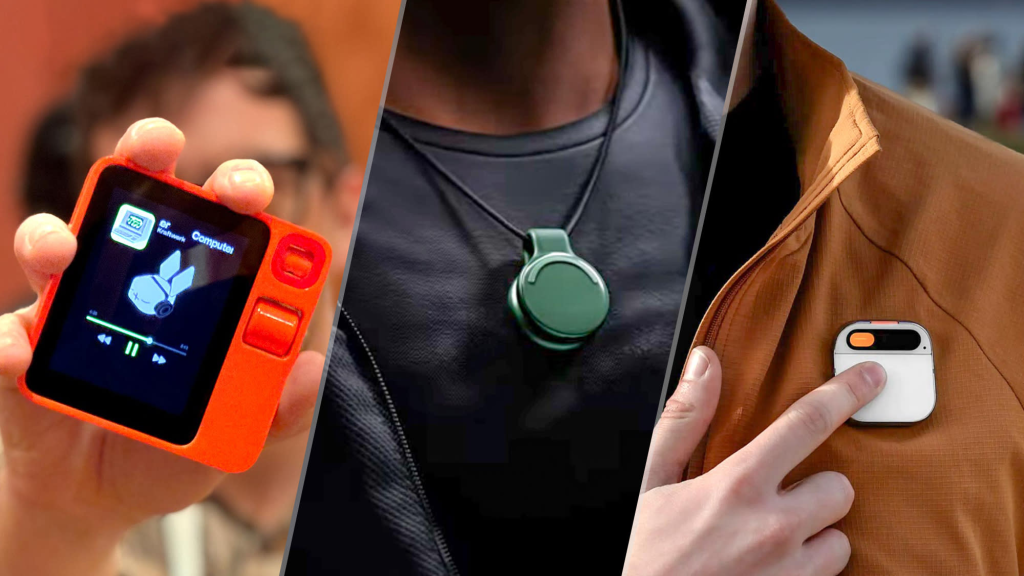
Final Thoughts
Wearables have evolved far beyond fitness trackers, becoming integral to healthcare, productivity, safety, and entertainment. With advancements in AI, sustainability, and connectivity, these devices are poised to redefine how we interact with technology in our daily lives. You can also check our related topic on Top Fitness Apps to Stay Active as a Remote Worker
As wearables become more personalized, efficient, and versatile, they will undoubtedly continue to enhance convenience and enrich experiences, making the future of smart gadgets an exciting frontier for innovation.


